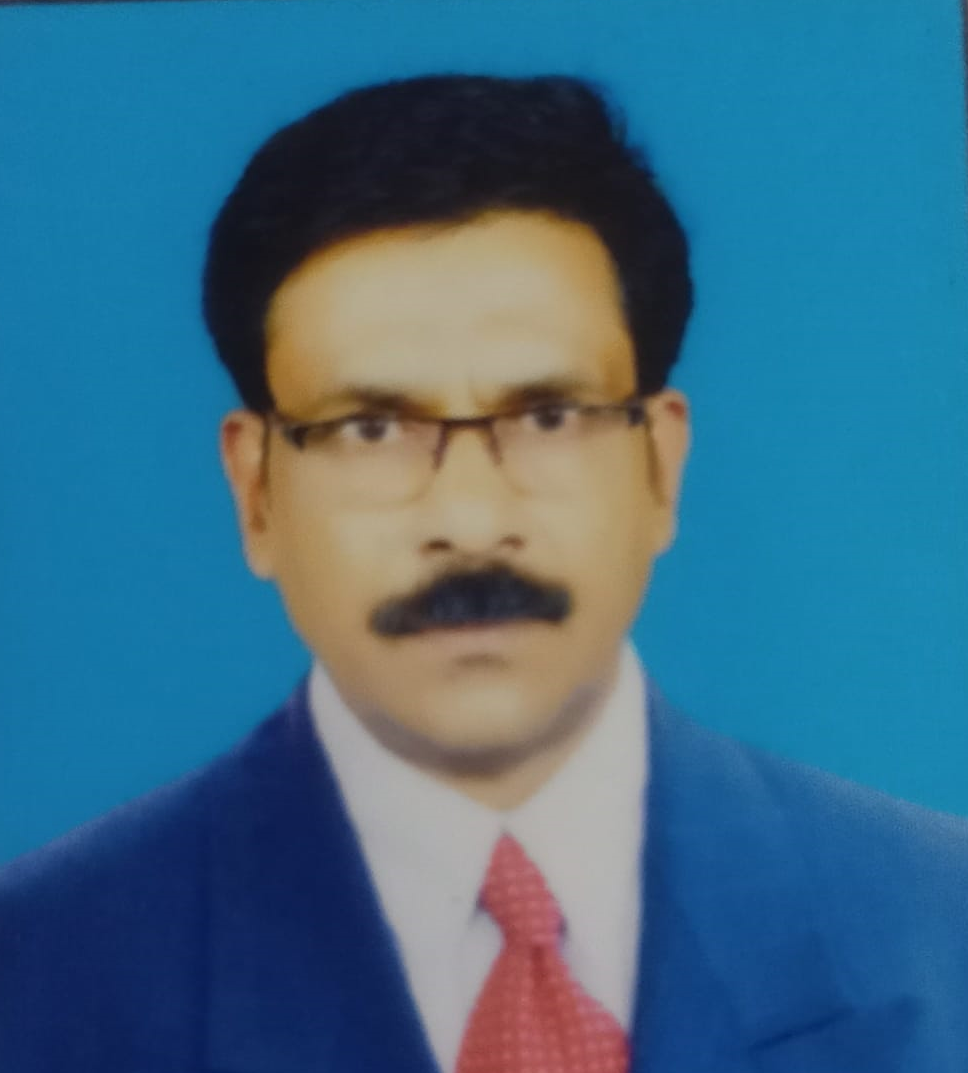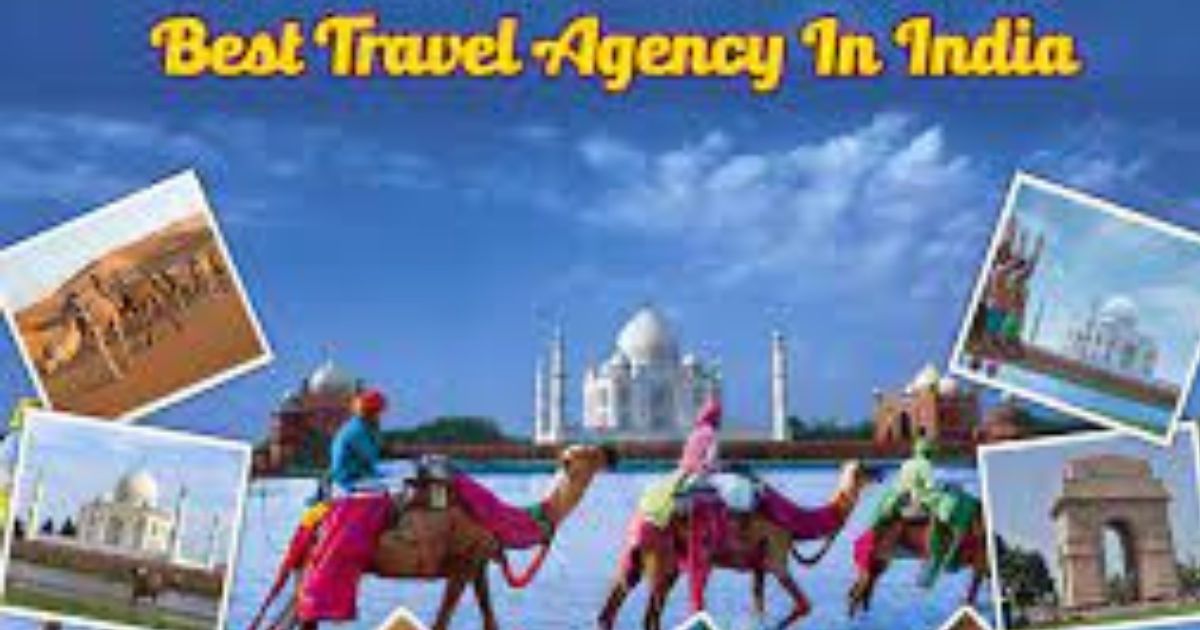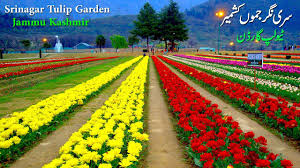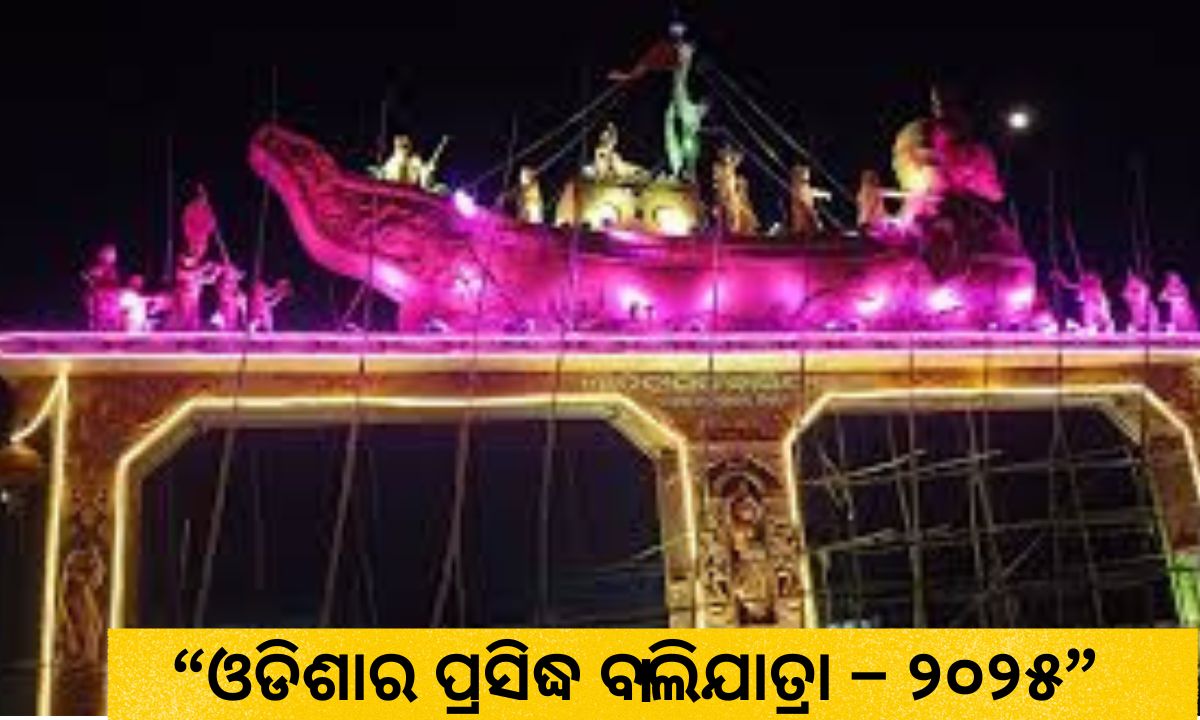Introduction
Puri Ratha Yatra is a spectacular festival in Odisha where Lord Jagannath, Balabhadra, and Subhadra ride majestic chariots through Puri's streets.
Celebrated with chants, music, and millions of devotees, it symbolizes devotion, equality, and cultural pride. Dive into the story, rituals, and spiritual energy that make this ancient festival a unique celebration of a divine journey.
The Puri Ratha Yatra, an annual festival dedicated to Lord Jagannath, is one of India's most significant and grand religious events. Celebrated in the coastal town of Puri in Odisha, this festival attracts millions of devotees and tourists worldwide.
The Ratha Yatra, or Chariot Festival, is marked by the procession of three colossal chariots carrying the deities Jagannath, Balabhadra, and Subhadra from the Jagannath Temple to the Gundicha Temple.
Here are 20 fascinating facts about the Puri Ratha Yatra that highlight its cultural, religious, and historical significance.
Historical Origins:
The Puri Ratha Yatra of Jagannath, however, is recognised as the most famous of the twelve festivals. However, the Puri Ratha Yatra of Jagannath It is the second important Yatra of Lord Jagannath. It has become well-known that millions of people from India and abroad assemble at Puri in the state of Odisha to watch Lord Jagannath.
The Rig Veda speaks of the Ratha that moved in the air. These were the three-story Rathas drawn by horses.” Panini” also refers to Rayha, while analysing the words ‘ Rathastha, Rathastha, Rathaganak, etc.
According to Ramayan, the Ratha, which is used in the games, is called “ Pusua’, while the Ratha employed by the Gods is known as Marut. There are also descriptions of Ratha in Bhagavat, Mahabharat, Vishnu Purana, Kautilya-Arthastra, and Su, Kra Niti.
Narahari Panda in the “ Brahma Prakasika Tika’ of Megha Dutam has successfully interpreted the theme with Ratha Yatra of Lord Jagannath in good style. Ratha Yatra is celebrated at different places in Odisha for 9 days.
The Puri Ratha Yatra dates back to ancient times, with references found in scriptures as old as the Puranas. It is believed to have started over 5000 years ago, making it one of the oldest festivals in India. The festival is celebrated in honour of Lord Jagannath, an incarnation of Lord Vishnu.
2. The Deities:
On Puri Ratha Yatra day, after the completion of all the rituals for the Lord both in the temple and on the Chariots, Lord Jagannath Mahaprabhu, Balabhadr, a and Subhadra are taken out from the “ Ratna bedi” of the magnificent main temple in a ceremonial procession called “ Pahadi Bije”.
They are placed in their respective gigantic raths, standing in front of the temple. Lord Jagannath Maha Prabhu and Balabhadra have separate chariots.
Goddess Subhadra and Sudarshan are placed in one chariot in the middle. On the occasion of the car festival day, when the
Lord is taken ceremoniously to his seat on the chariot; any human being of any caste, creed, or religion can go to the Lord, stand very close to him, and embrace and offer worship to one’s heart's content.
The Raja of Puri, called “Gajapati” Maharaja, is the head of the temple management. The Maharaja of Puri is brought to the chariot to perform the duties of a sweeper.
He holds in his hand a golden broom to sweep the ground around the deities. This is called “ Chera Pohera”.
Thus, the Ratha Yatra preaches the gospel that in the eyes of the Lord, all human beings are equal, irrespective of their social status.
The main deities of the Jagannath temple -Lord Jagannath, his elder brother Balabhadra, and their sister Subhadra-are worshipped during Ratha Yatra. These deities are unique as they are made of wood and replaced every 12 to 19 years in a ceremony called “ Nabakalbera”.
3. The Three Chariot Construction:
The three chariots, newly constructed every year and decorated as per the unique scheme prescribed and followed for centuries, stand on the Bada Dand, a “The Grand Avenue”.
It is covered with a bright canopy made of strips of red cloth combined with those of black, yell , ow, and blue colours, the huge chariots are lined across the wide avenue right in front of the Lion’s Gate.
Lord Jagannath’s chariot is called” Nandighosh”. It is forty-five feet high and forty-five feet square at the wheel level. It has sixteen wheels, each of seven feet in diameter,r and is decked with a cover made of red and yellow cloth.
The Chariot of Lord Balabhadra, called the “ Taladhwaja’, the one of the palm trees on its flag has fo, fourteen wheels, each of seven feet in diameter and is, covered with red and blue cloth. Its height is forty-four feet.
The Chariot of Subhadra, known as “ Darapadalan, a” literal trampler of pride, is forty-three feet high with twelve wheels, each of seven feet in diameter. This Chariot is decked with a covering of red and black cloth, black being traditionally associated with Shakti and the Mother goddess.
The Chariots used in the Ratha Yatra are constructed anew every year. Over 1000 logs of wood are used to build the three chariots, and the,e construction begins on the auspicious day of “Akshaya Tritiya.” Chariots are crafted by the traditional carpenters following strict rituals and measurements.
4. Chhera Pahara Ritual:
The Raja King of Puri Temple, Gajapati Divya Singa Dev, a is informed of the deities having taken their places on the chariots through a messenger specially deputed by the temple officials.
The king, clad in spotless white, carries in a silver-plated palanquin leaves his palace and comes in a small procession on the grand avenue led by the deity seated on the chariot. He then cleans the platform with a golden broom, sprinkling flowers and fragrant water on the surface of the chariot.
This ritual goes back several hundred years and is a symbol of the subjugation of the temporal to the spiritual. The emperors of Odisha, beginning with the valiant Anantvarman Chodagangadeva in the 12th Century, had declared themselves to be the route, servants of Lord Jagannath.
The ritual is also a public demonstration of the unique philosophy of integration and the unity symbolized by Lord Jagannath.
6. Gundicha Temple:
The Gundicha Temple stands amid a garden just 3 km. from the Jagannath Temple. Located on Bada Danda( Grand Road, on which the famous Ratha Yatra( chariot procession) takes place, the temple is named after Gundicha.
It is the queen of Indradyumna, who commissioned the temple. It sees a lot of activity during the Ratha Yatra festival every year, known by many names like the Garden House of Jagannath,h of the God,s Summer Garden Retreat.
Gundicha Temple is said to be the Vrindavan of Puri. It serves as the temporary home of Lord Jagannath during the Ratha Yatra. Built in the traditional Kalinga style of architecture, Gundicha’s façade is extremely beautiful. Thanks to the light grey sandstone that was used to construct it. The temple also houses a seat called “ Ratna be, di,” which is 4 feet high.
The destination of the Ratha Yatra is the Gundicha Temple, located about 3 kilometres from the Jagannath Temple. The deities stay at the Gundicha Temple for seven days before returning to their main abode in a procession called Bahuda Yatra.
7. Deva Snana Purnima:
Deva Snana Purnima, also known as Deva Snana Yatra of the three deities Shree Jagannath, Lord Balabhadra, and Devi Subhadr, a is underway at the famous Srimandir in Puri.
During Deba Snana Purnima, the deities of Lord Jagannath, Lord Balabhadra, and , Devi Subhadra are taken out of the Jagannath Temple IN Puri and brought to a sacred bathing spot called “ SNANA BEDI”.
The deities are placed on a bathing platform, and a grand bathing ceremony takes place, where they are bathed with 108 pitchers of water. The water is believed to have medicinal properties and is considered to be highly purifying.
Thousands of devotees gather to witness this auspicious occasion and seek the blessings of the deities. It is believed that by witnessing the ceremonial bath, devotees can attain spiritual purification and be relieved of their sins.
After the Snana Yatra, the deities are placed in a special sick room within the temple, known as the “ Ansara Pindi’.They stay there for 15 days, during which they are believed to undergo a period of recuperation. Devotees are not allowed to see the deities during this time.
The festival of Nana Jatra culminates with the famous Rata Yatra, where the deities are taken out in grand chariots and pulled by devotees to the Gundicha Temple. This event marks the beginning of the annual chariot festival, also known as the Car Festival.
The DevNanana Purnima is an important festival in the Jagannath culture and holds great religious significance in Odisha. It is celebrated with enthusiasm and devotion by the people of the region.
8. Pahandi Bije rituals :
The Journey of the deities to the world outside starts with an elaborate ritual called “ PAHANDI”.This is going forward in a step-by-step movement to the accompaniment of several devotees beating the ghantha, Kahali, and telling Baja.
The ghantha is a type of gong, shaped like a flattish hollow bowl, and is made of Kamsa bell metal, an alloy of brass and Zinc. A small baton-like stick made of a hard but flexible piece of cane is used to beat the simple musical instrument.
The ghana is made by a traditional artisan, Kansa, s, who lives in a village not far from Puri, Kahal. It is a type of trumpet while e , while the telingie baja is a simple drum a perc, a percussion instrument played on both sides with canes.
As Lord Jagannath and Lord Balabhadra are quite heavy, a wooden cross is fixed to their backs, and thick silken ropes are tied around their heads and waists for their ceremonial procession ritual known as “ Senapata Lagi”.
The deities during the sanctum or deul on the elevated platform, their normal seats.
From there, the deities are moved first onto the sata pahacha or seven steps, outside the northern door of the “Natramandap” or Dancing Hall.
During the outward movement from the temple to the chariots, the procession of the deities is in a row and is known as the dahadi pahandi or group movement.
All the deities move simultaneously. At first, Sudarshan, the celestial wheel of Krishna Vishnu , is brought out and placed in the chariot of Shbhadra, followed by Balabhadra, Subhadr, a and finally Jagannath.
9. Return Journey - Bahuda Yatra:
The return journey of the deities from the Gundicha Temple to the Jagannath Temple is called “ Bahuda Yatra”.
In their Garden House, Adapa mandap, also known as their place of birth, the deities stay for seven days. On the ninth day of the festival, Bahuda Yatra the grand return journey takes place.
On the way back, they stop for a short while and partake of “ poda pitha”, a type of cake made with rice, lentils, Jaggery and co, and coconut offered by the aunt, Mousima.
On reaching back the main temple, the deities on their chariots, don the golden attire or the suna besa with hands, arms, and cr, own made of solid Gold. They are also offered sweet drinks, akhara pan, a or huge cylindrical earthen pots reaching up to their lips. They are taken down from the chariots in a ritual to enter the temple.
10. Global Celebration of Ratha Yatra:
While the most famous Ratha Yatra is held in Puri, the festival is also celebrated in various parts of India and the world. International Society for Krishna Consciousness (ISKCON) organizes Ratha Yatra in major cities worldwide, spreading the message of Lord Jagannath.
Srila Prabhupada, the founder-acharya of ISKCON, started the Jagannath Ratha Yatra festival in the Western world to spread Krishna consciousness and share the ancient Indian tradition with people outside India.
Shri Jagannath Ratha Yatra is celebrated grandly every year in Puri. Hindus and devotees of Lord Jagannath also observe Ratha Yatra in different parts of the world. According to a report,t the Ratha Yatra of Lord Jagannath is celebrated in more than 200 cities across the world.
Devotees hold Ratha Yatra in Alpharetta, Georgia, USA, a day after the festival is held in Puri and other parts of India. The organizers also hold cultural events with performances by local devotees and serve traditional Odia Prasad.
FAQ S:-“PURI RATHA YATRA”:
✅ 1. What is Puri Ratha Yatra?
Puri Ratha Yatra is an annual Hindu chariot festival held in Puri, Odisha, where Lord Jagannath, along with his siblings Balabhadra and Subhadra, is taken in massive chariots to Gundicha Temple.
✅ 2. When is Puri Ratha Yatra celebrated?
It usually takes place in June or July, on the second day of the bright fortnight of the Ashadha month as per the Hindu calendar.
✅ 3. Why is Puri Ratha Yatra significant?
It symbolizes the journey of Lord Jagannath to his aunt’s temple (Gundicha Temple), representing love, inclusivity, and divine grace accessible to all devotees.
✅ 4. What are the names of the three chariots?
The chariots are called Nandighosa (Jagannath), Taladhwaja (Balabhadra), and Darpadalana or Padmadhwaja (Subhadra).
✅ 5. How big are the chariots used in the Ratha Yatra?
The chariots are massive wooden structures built anew every year, with heights ranging from 43 to 45 feet and 12 to 16 wheels each.
✅ 6. What is the distance covered during the Ratha Yatra?
The deities travel around 3 kilometers from the Jagannath Temple to Gundicha Temple in Puri.
✅ 7. Who can pull the chariots?
Devotees from all over the world can participate in pulling the ropes of the chariots—a symbolic act of devotion and service.
✅ 8. What is the significance of the Gundicha Temple?
It is considered the home of Lord Jagannath’s aunt, where the deities stay for nine days before returning in the Bahuda Yatra (Return Journey).
✅ 9. What is the Bahuda Yatra?
Bahuda Yatra is the return journey of the deities from Gundicha Temple to the main Jagannath Temple, occurring on the ninth day after the initial procession.
✅ 10. How can devotees participate in or witness the Ratha Yatra?
They can visit Puri in person to witness the grand procession or watch it live through TV and online broadcasts. Many temples worldwide also hold symbolic Ratha Yatra celebrations.
Conclusion:
The Puri Ratha Yatra is a festival that transcends religious boundaries and brings together people from all walks of life in a celebration of devotion, culture, and tradition.
Its unique blend of rituals, history,y and community participation makes it one of India's most cherished and vibrant festivals. Each year, the chariot festival reaffirms the timeless appeal of Lord Jagannath and the enduring spirit of the devotees who gather to celebrate his divine journey.
World Tourist Points -Jagannath Temple:
The City of Puri offers several tourist points for the visitors, but the prime attractions include temples and beaches. If you are planning to visit the city during the festival of Ratha Yatra, consider visiting Gundicha Temple, Puri Beach, Chilika Lake, Pipili Village, Konark Temple, Sakhigopal Temple, Raghuraipur Artist Village, etc.
Ways to Reach Puri:-
- By Road:-Puri is a well-connected city by road. A special bus service is offered during the festival. People can take buses to Puri from Cuttack and Bhubaneswar at a frequency of 10-15 minutes. The direct bus facility is provided from Visakhapatnam and KolkatVisitors can also consider renting a Taxi.
- By Air:-Biju Patnaik Airport is the nearest airport to the city of Puri. The distance between the city and the airport is 60 Km. A taxi can be hired to travel this distance. From the Airport, you can travel to various cities including Chennai, Delhi, Kolkata, Nagpur, and Visakhapatnam.
- By Rail: Puri can be connected via direct express from other Indian Cities, including Mumbai, Ahmedabad, Delhi , Kolkata & Okha, etc.












